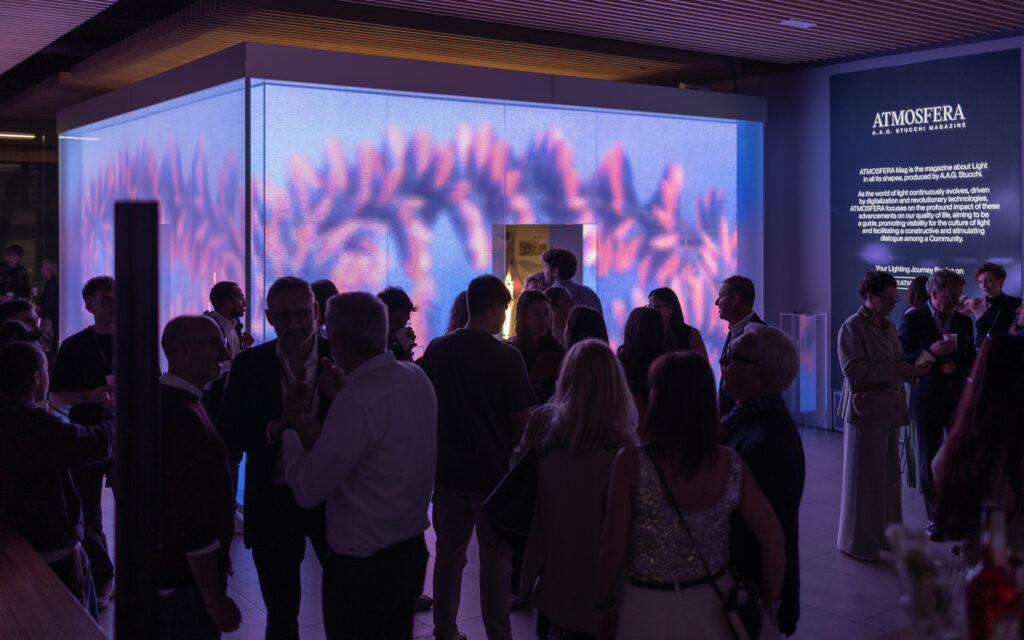The 2025 Fuorisalone has just wrapped up, and nestled in the Porta Venezia Design District was LUMEN – AI, Creativity, Community, the first live event by AtmosferaMAG and A.A.G. Stucchi, in collaboration with Futureberry, a Milan-based consultancy focused on business transformation.
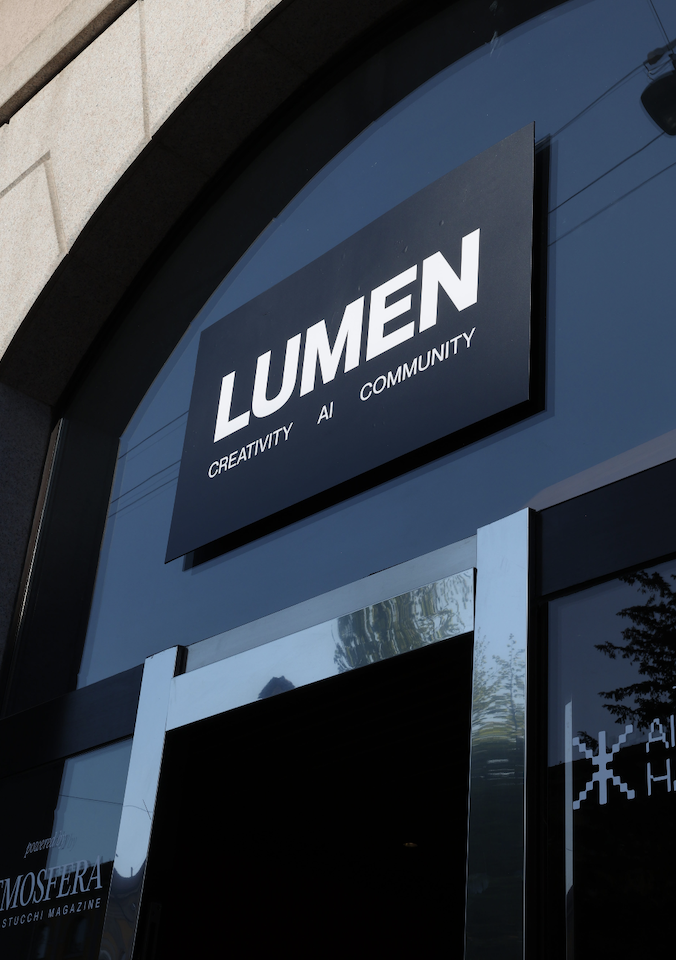
Held at Via Vivaio 8, the one-day program combined talks, workshops, and the AI Creative Hackathon, sparking dialogue on artificial intelligence, light, and innovation.
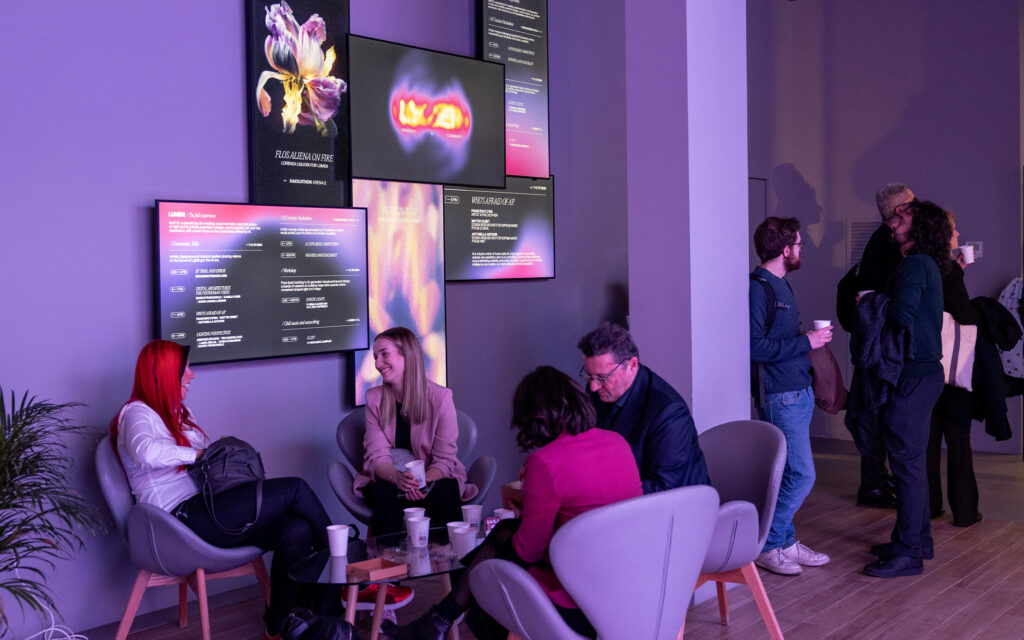
LUMEN’s Community Talks
Four thematic talks brought together industry professionals, researchers, and creatives to explore how AI and technology reshape lighting design and spatial thinking.
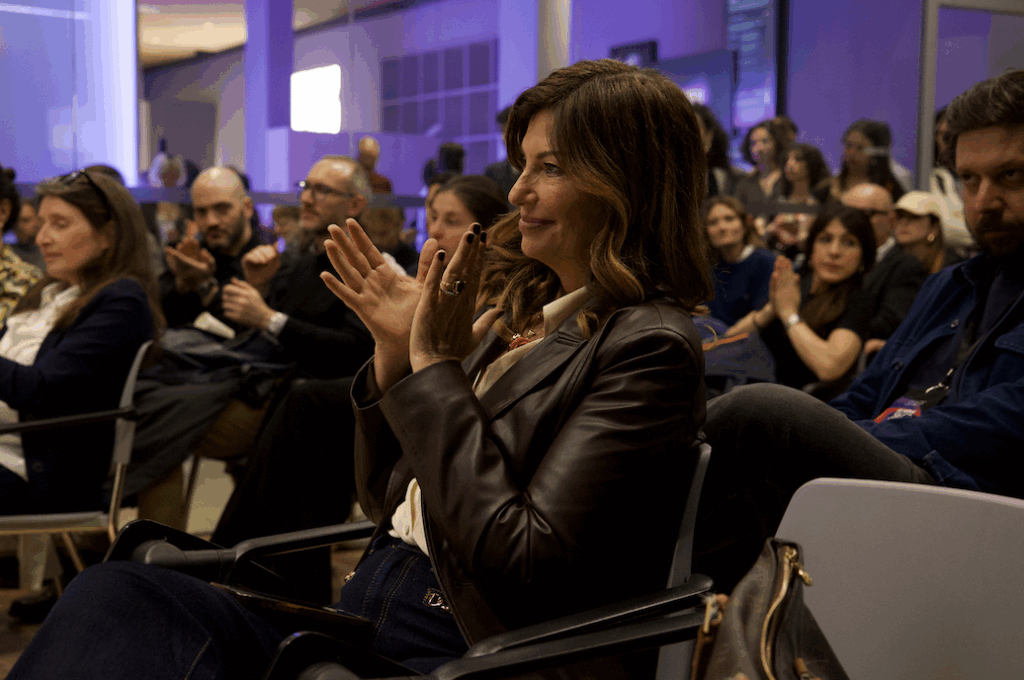
Visual artist Riccardo Franco Loiri started with By Trial and Error, discussing model bias and the creative responsibility of using AI tools.
Digital Architectures for Posthuman Users featured Marco Frascarolo (lighting designer and founder of Fabertechnica), artist Kamilia Kard, and Maria Chiara Liguori (researcher in digital humanities and virtual heritage at CINECA). Together, they addressed virtual space design and its implications for our digital selves, emphasizing aesthetics, functionality, and well-being.
In Who’s Afraid of AI?, Francesco D’Isa (artist and philosopher), Matteo Subet (design researcher at SUPSI and MAIND, PhD candidate at ELISAVA), and Antonella Autuori (design researcher at SUPSI and MAIND, PhD candidate at RMIT) unpacked AI’s power to shape unfamiliar aesthetics—and its role in redefining authorship, creativity, and ethics.
The program closed with Perspectives on Light, during which Marco Frascarolo, Aristide Stucchi (President of A.A.G. Stucchi), Laura Bellia (President of AIDI), Carlo Comandini (President of ASSIL), and designer-curator and author of ATMOSFERA Mag, Teo Sandigliano, discussed lighting’s future, emerging trends, and the need for conscious design.
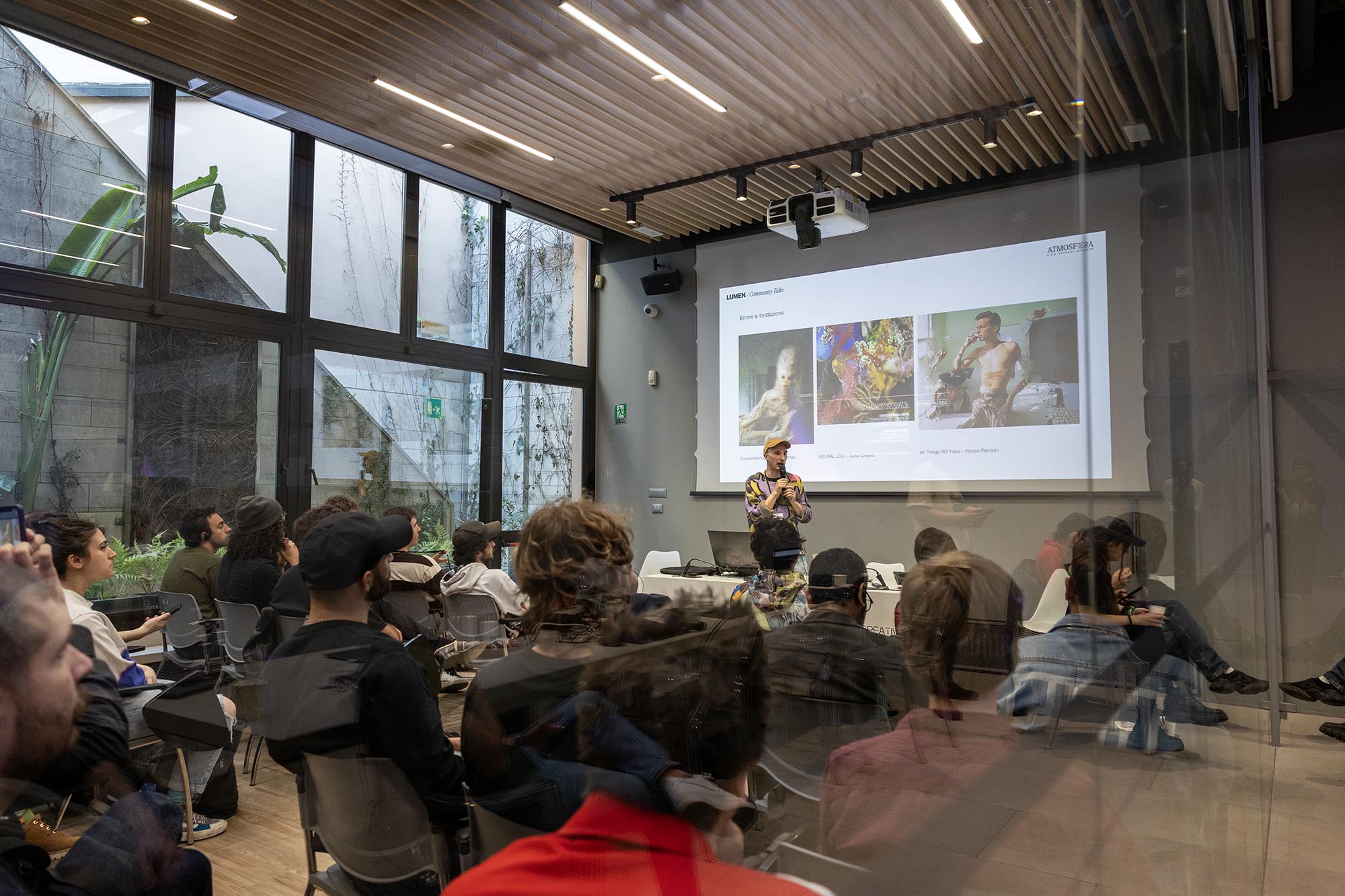
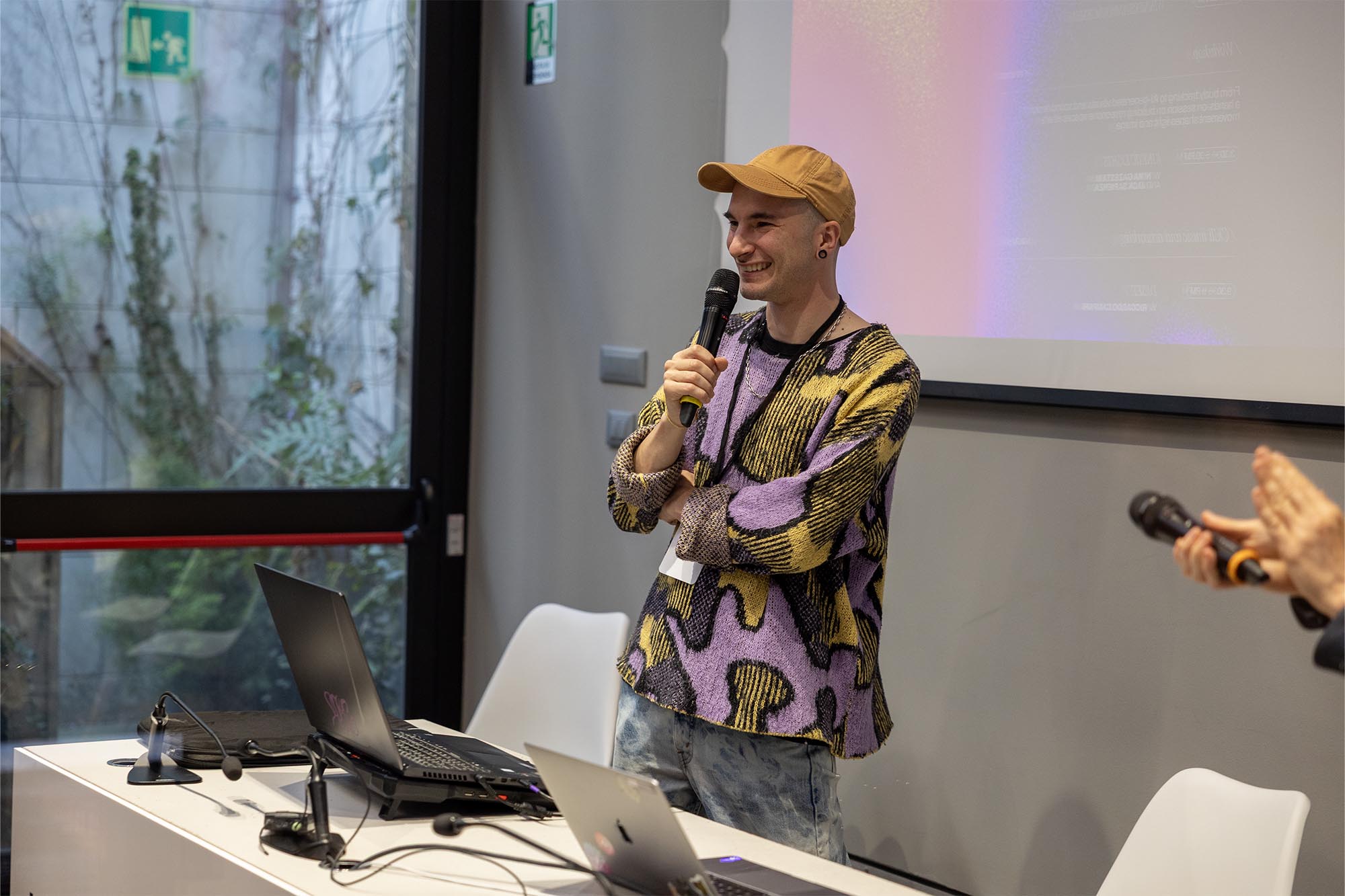
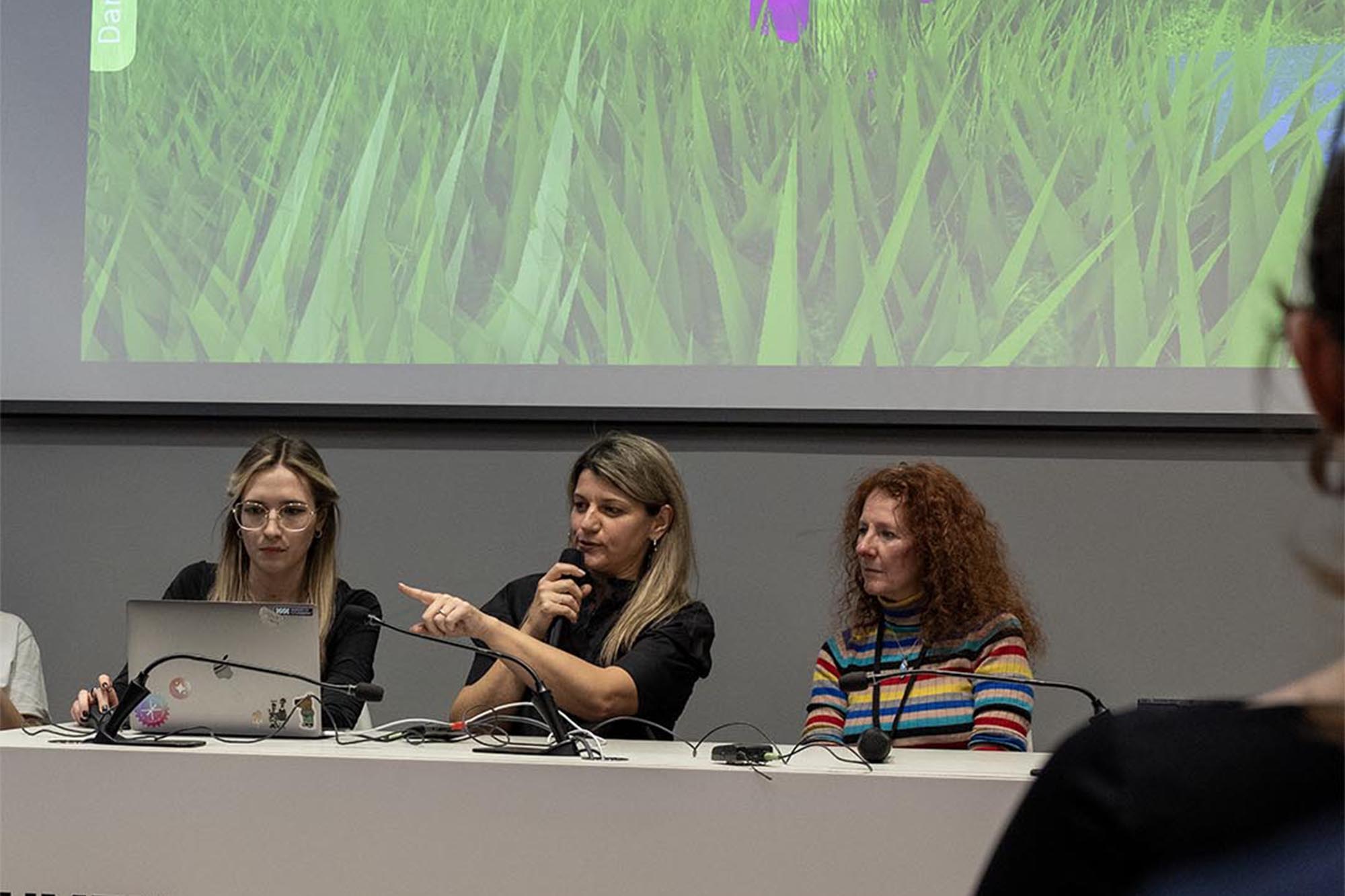
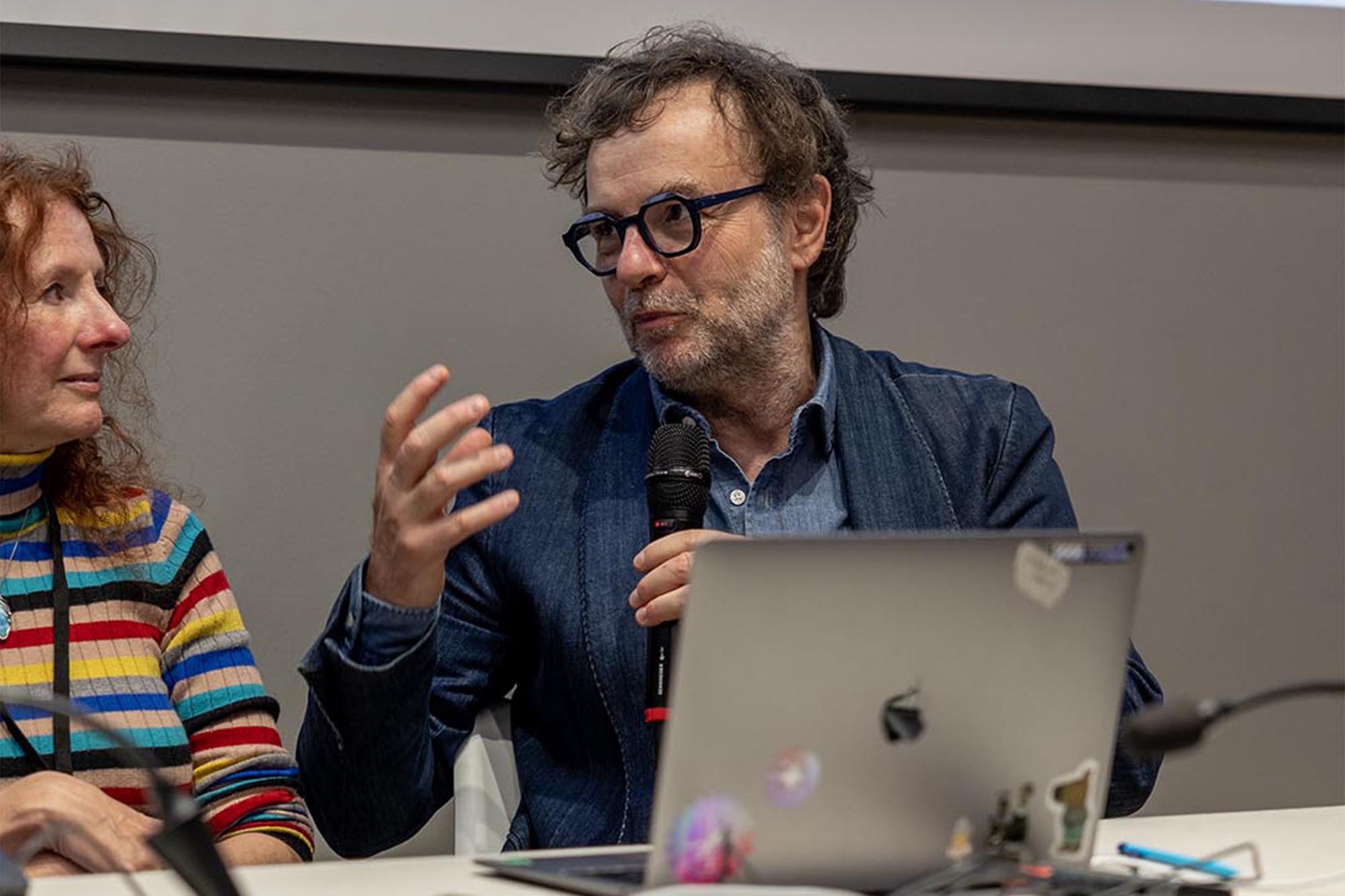
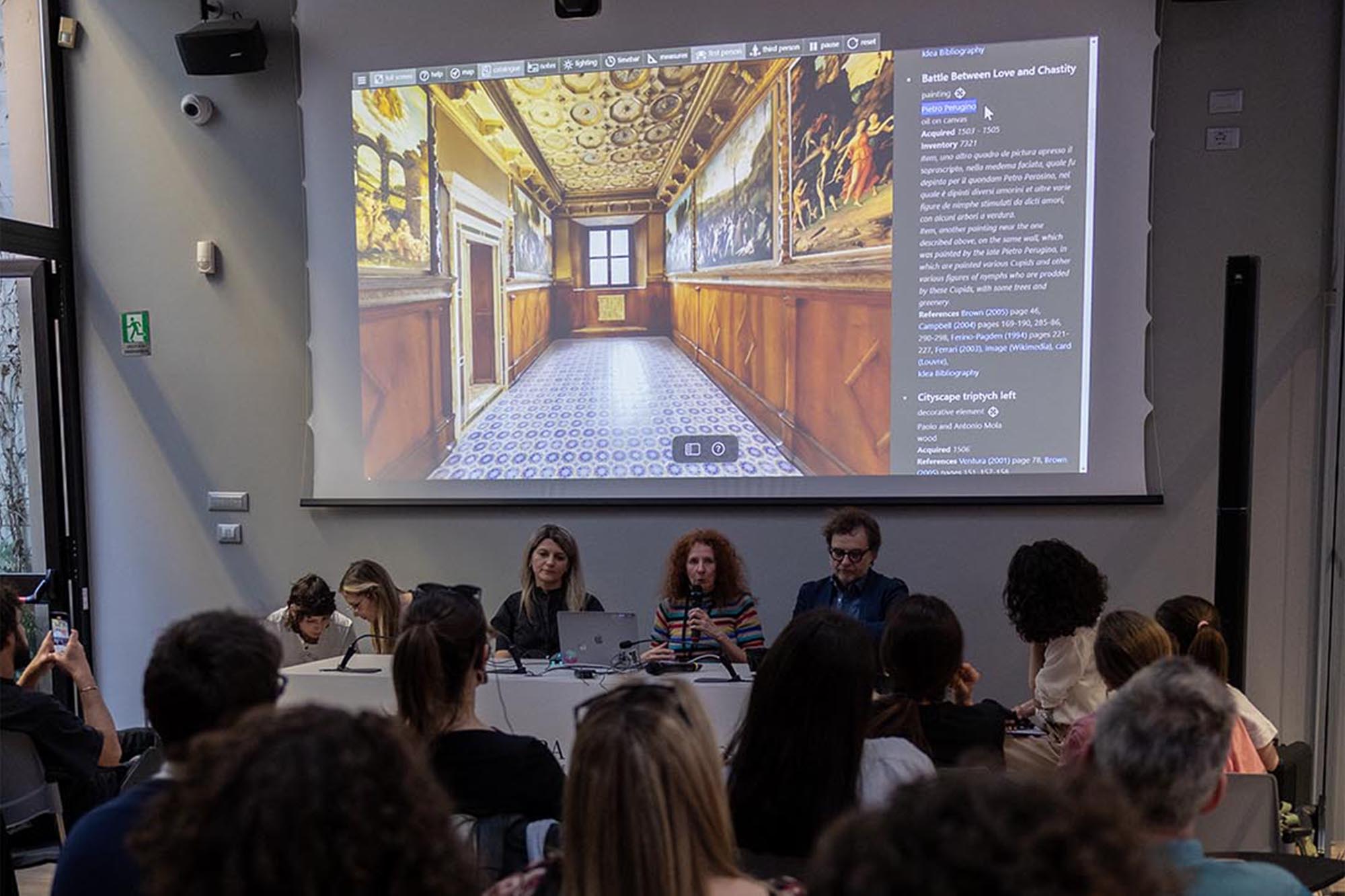
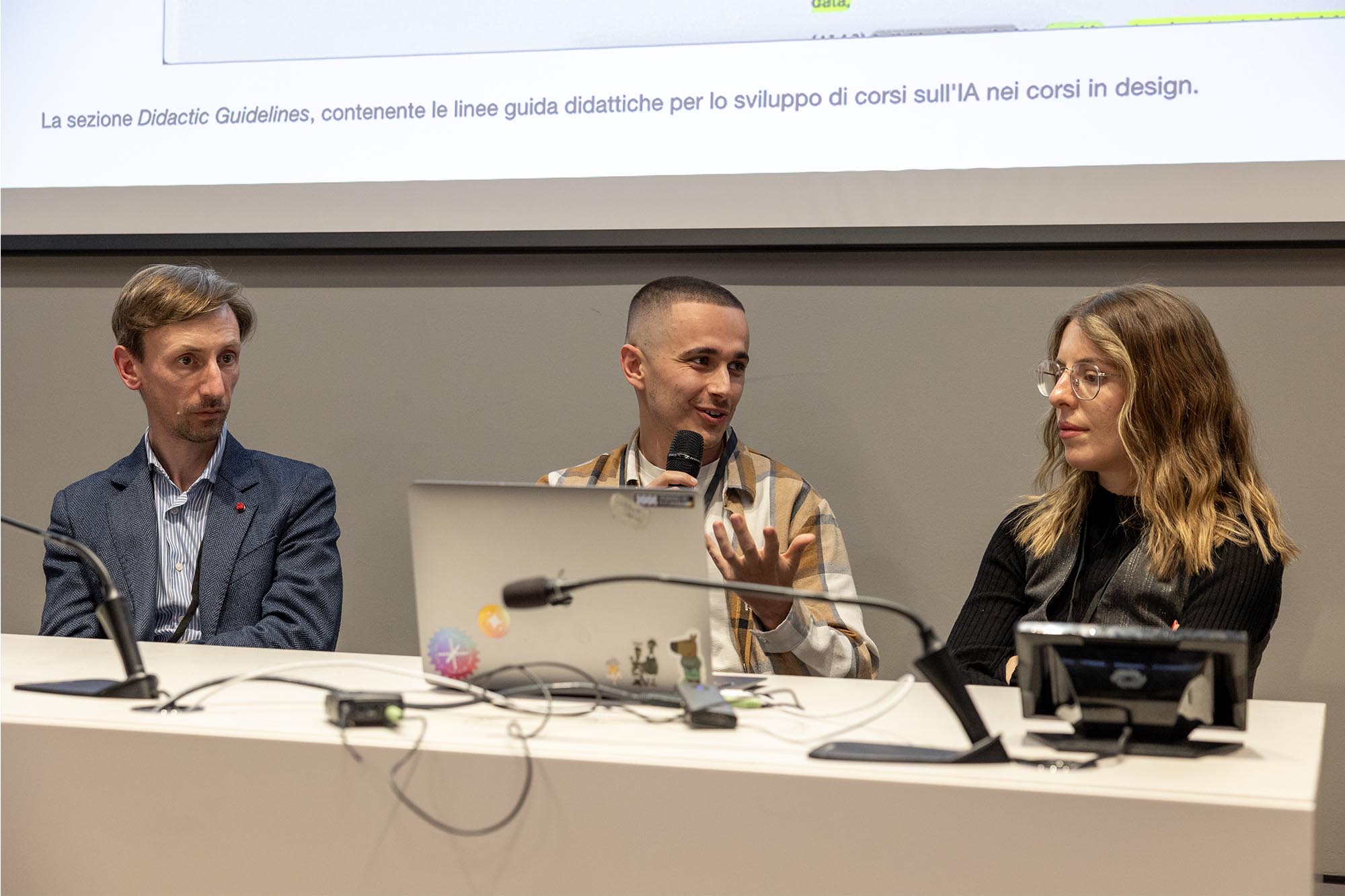


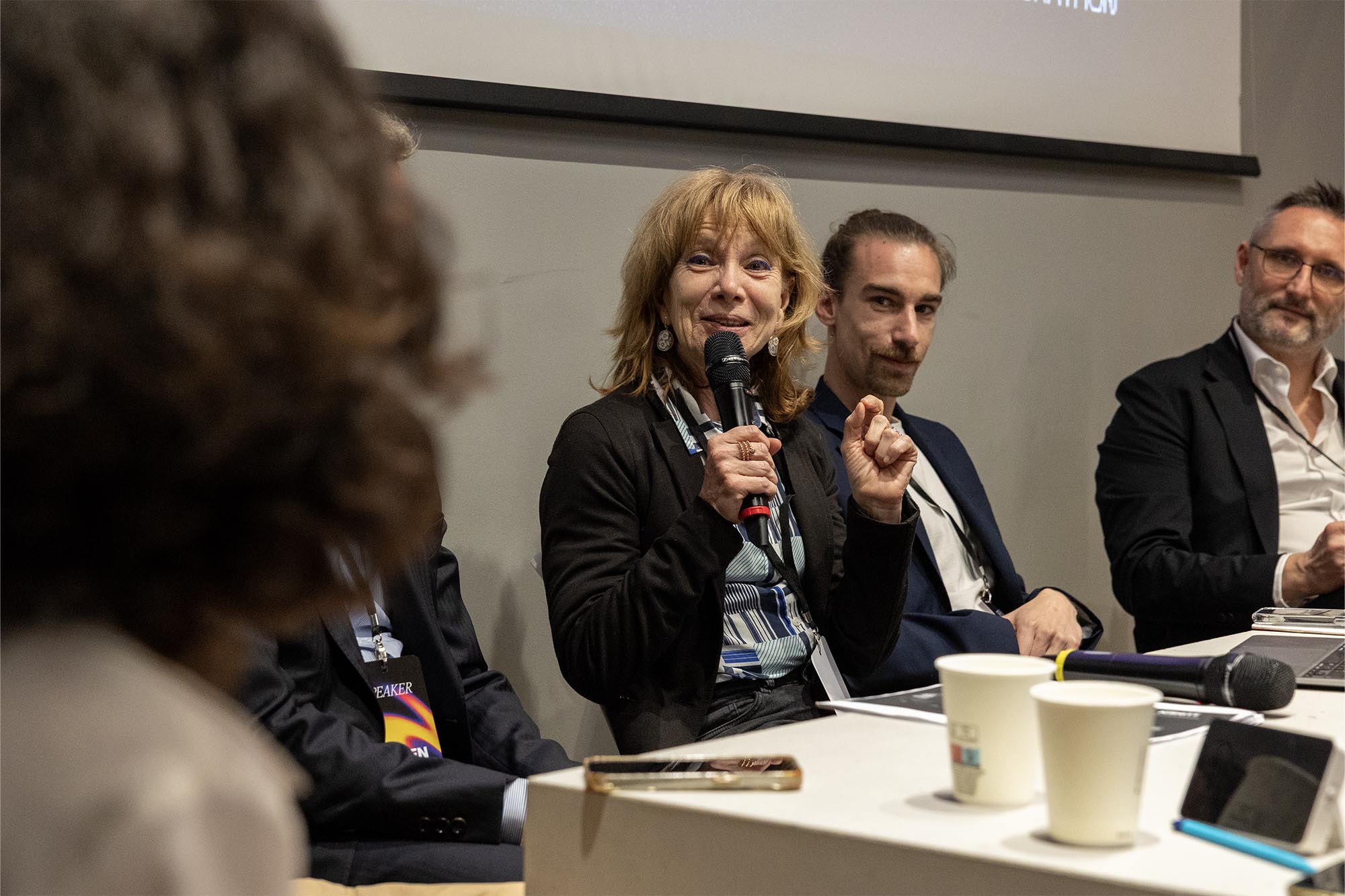
Kinetic Lights Workshop
In a two-hour hands-on session, 30 participants explored how to turn body movement into immersive sound and light experiences.
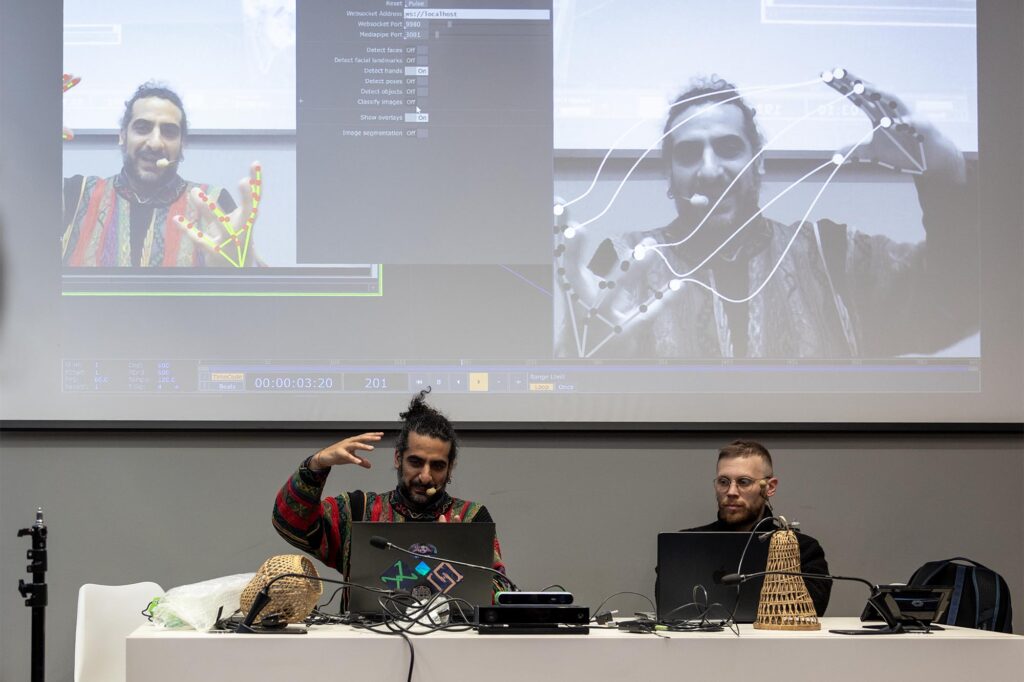
Led by Nima Gazestani (interaction designer, technologist, educator) and Jack Sapienza (sound designer, music producer, and co-founder of RKH Studio), the workshop combined theory, live testing, and collaborative experiments. The goal? Integrating AI, motion tracking, and kinetic lighting into one seamless creative stream.
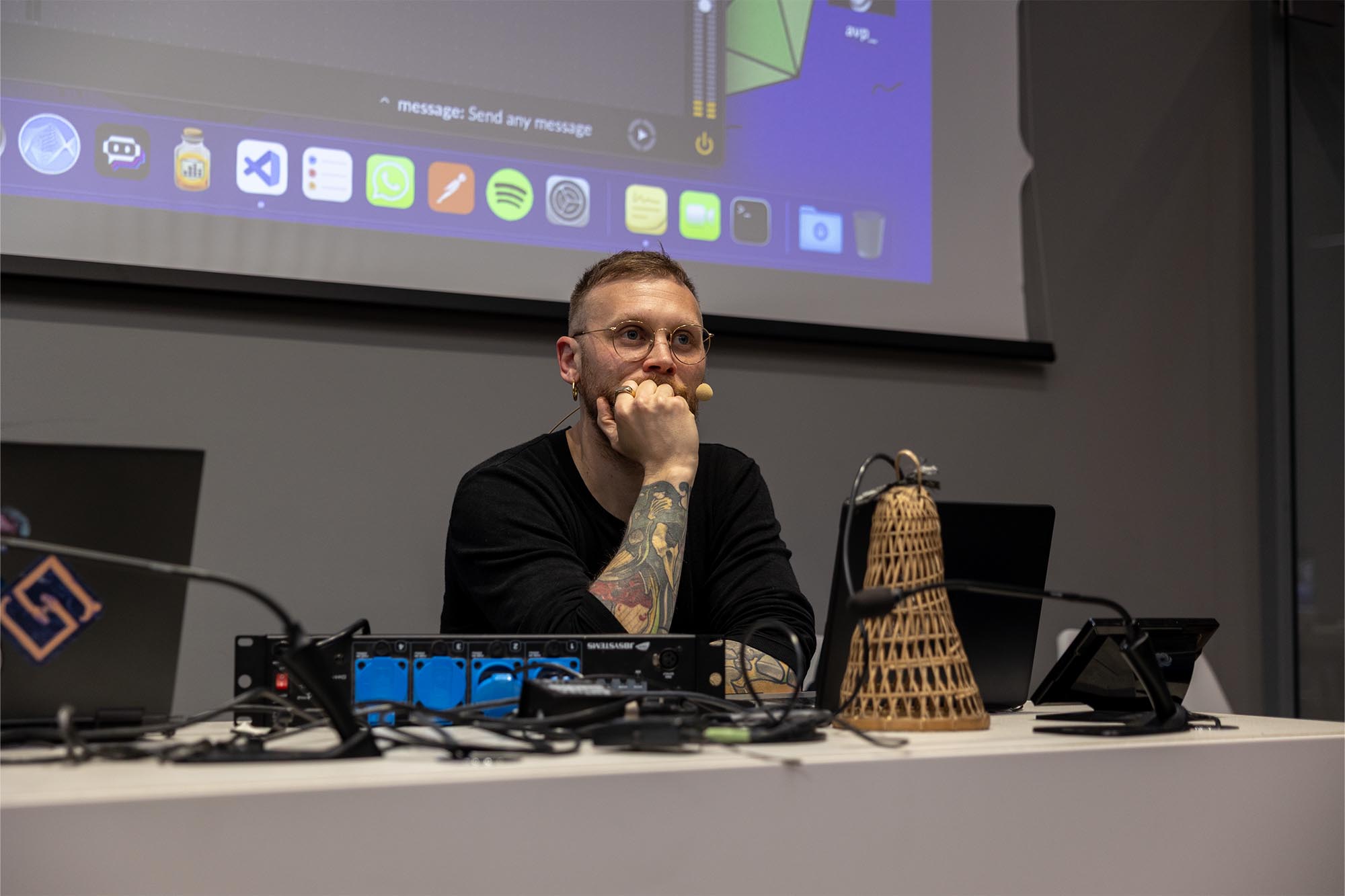
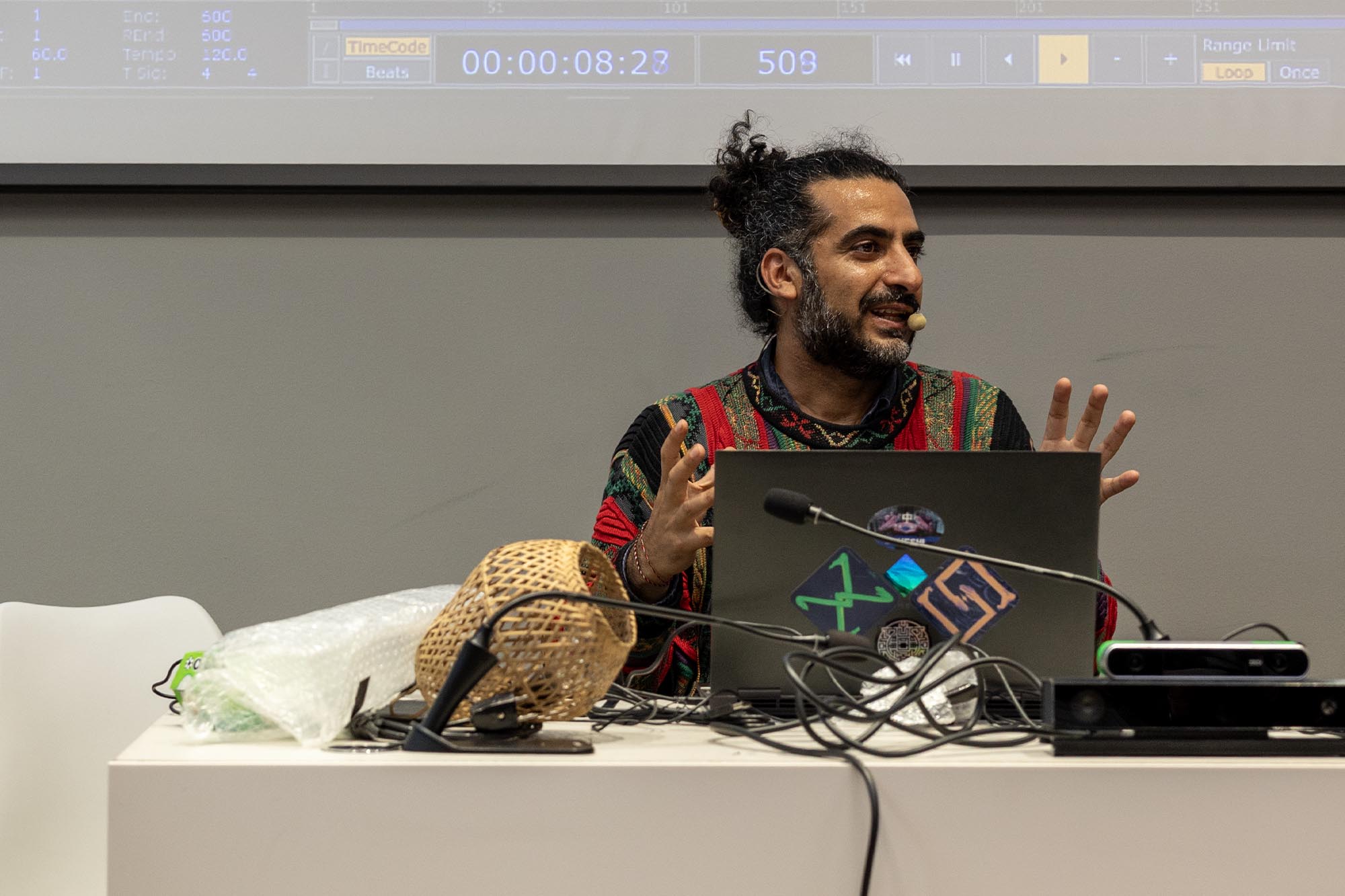
The fourth AI Creative Hackathon
LUMEN also hosted the fourth edition of the AI Creative Hackathon, an open-format challenge inviting visual artists to test the limits of generative AI. The brief: create an AI-based artifact—whether poem, image, webpage, or video—centered around the use of light.
Hackathon Theme:
GATHER TO RESIST
“Let it be dark enough to feel free, but bright enough to grasp what truly matters. Humans have always gathered at night to dance and celebrate, and they don’t seem to be stopping anytime soon: from rooftop parties to raves, from balcony dinners with a small speaker to sporting meetups in extreme weather conditions.
But the night is a delicate system: preserving its darkness (for the stars, for the insects, for the birds, for the magic), and protecting those who sleep or live closely with the surrounding ecosystem requires solutions that reduce visual and noise pollution—while still creating the right atmosphere.
We ask you to imagine the night-time scenarios that await us, the parties we’ll throw, and the lights that will illuminate them“.
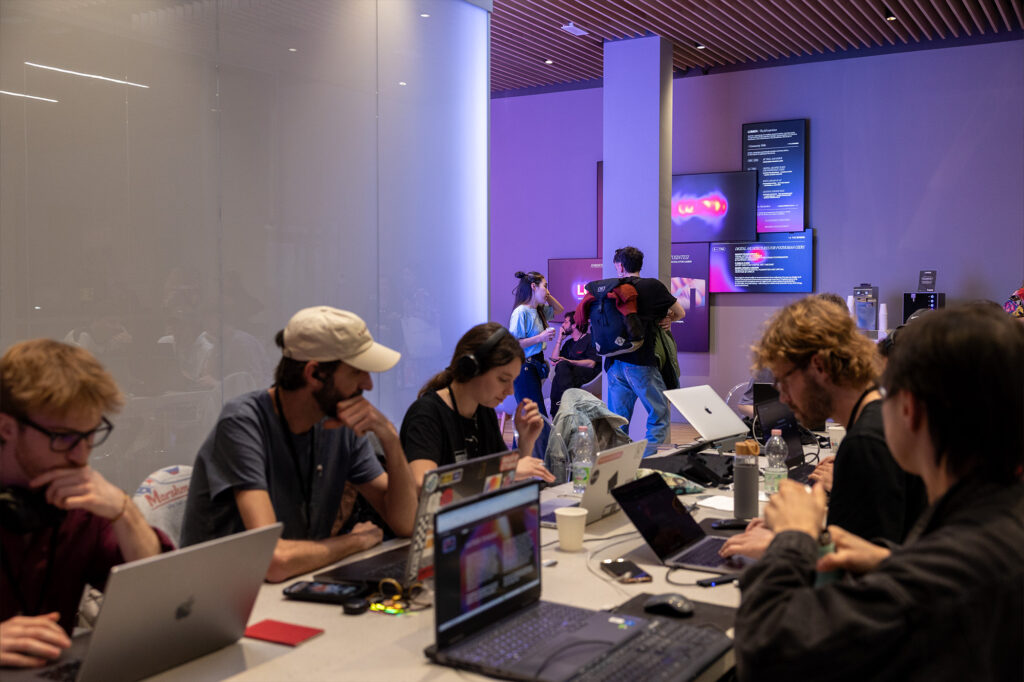
Four multidisciplinary judges (Erika Baffico, Lorenza Liguori, Sofia Piomboni, and Pietro Vincenti) evaluated submissions on four criteria: aesthetic and technical quality; alignment with the brief; innovation in AI usage across the creative process; and originality of concept.
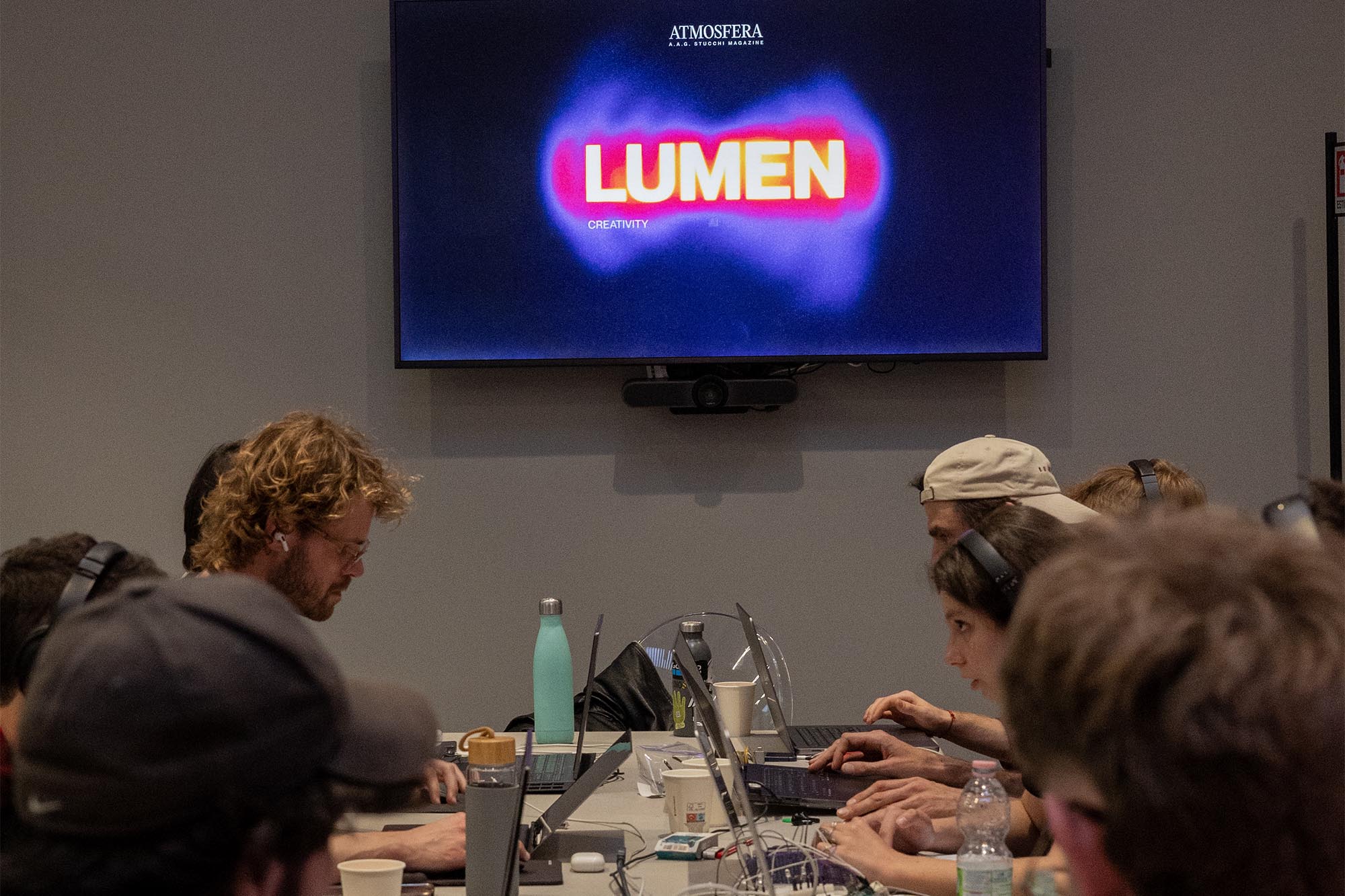
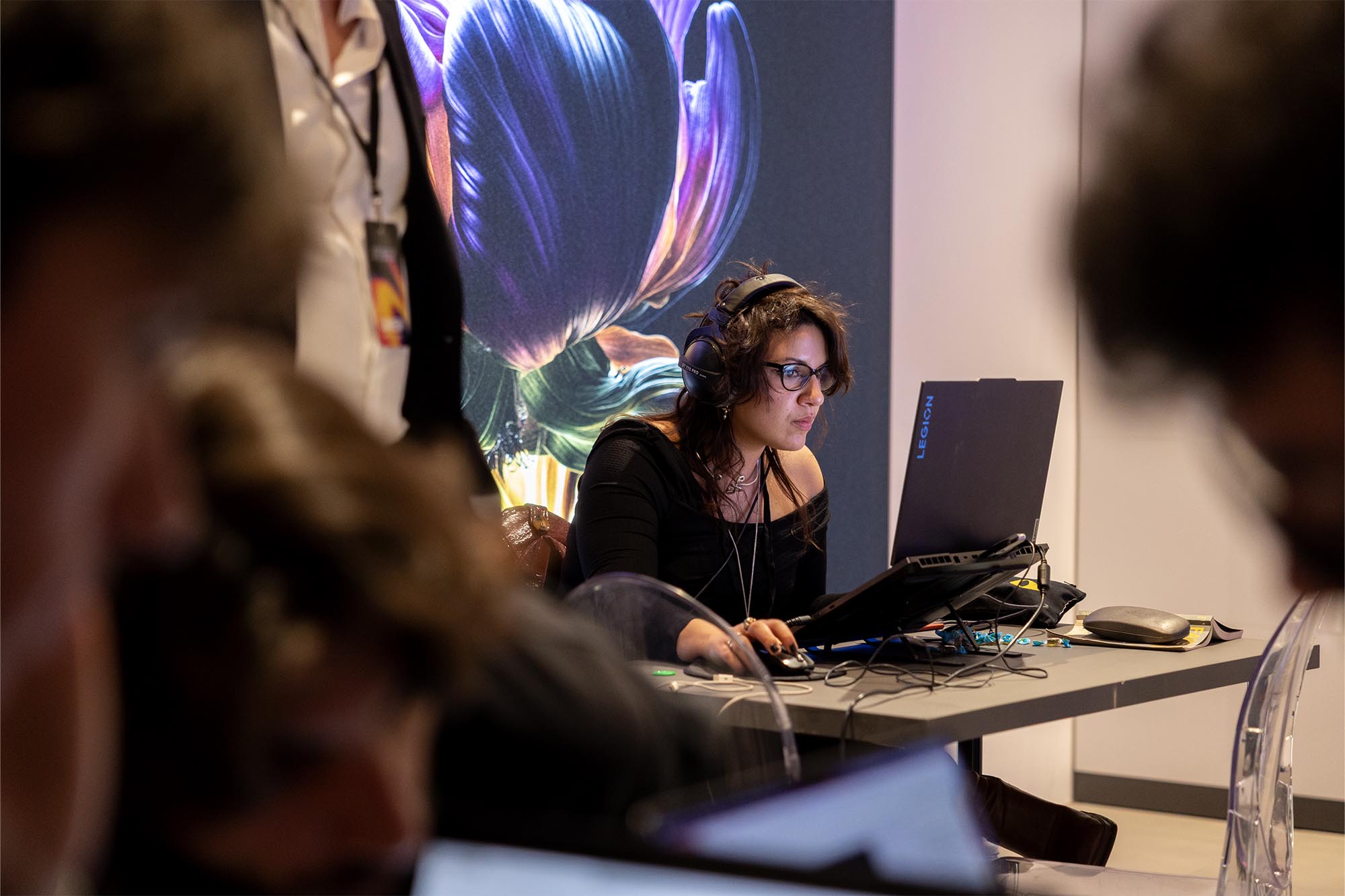
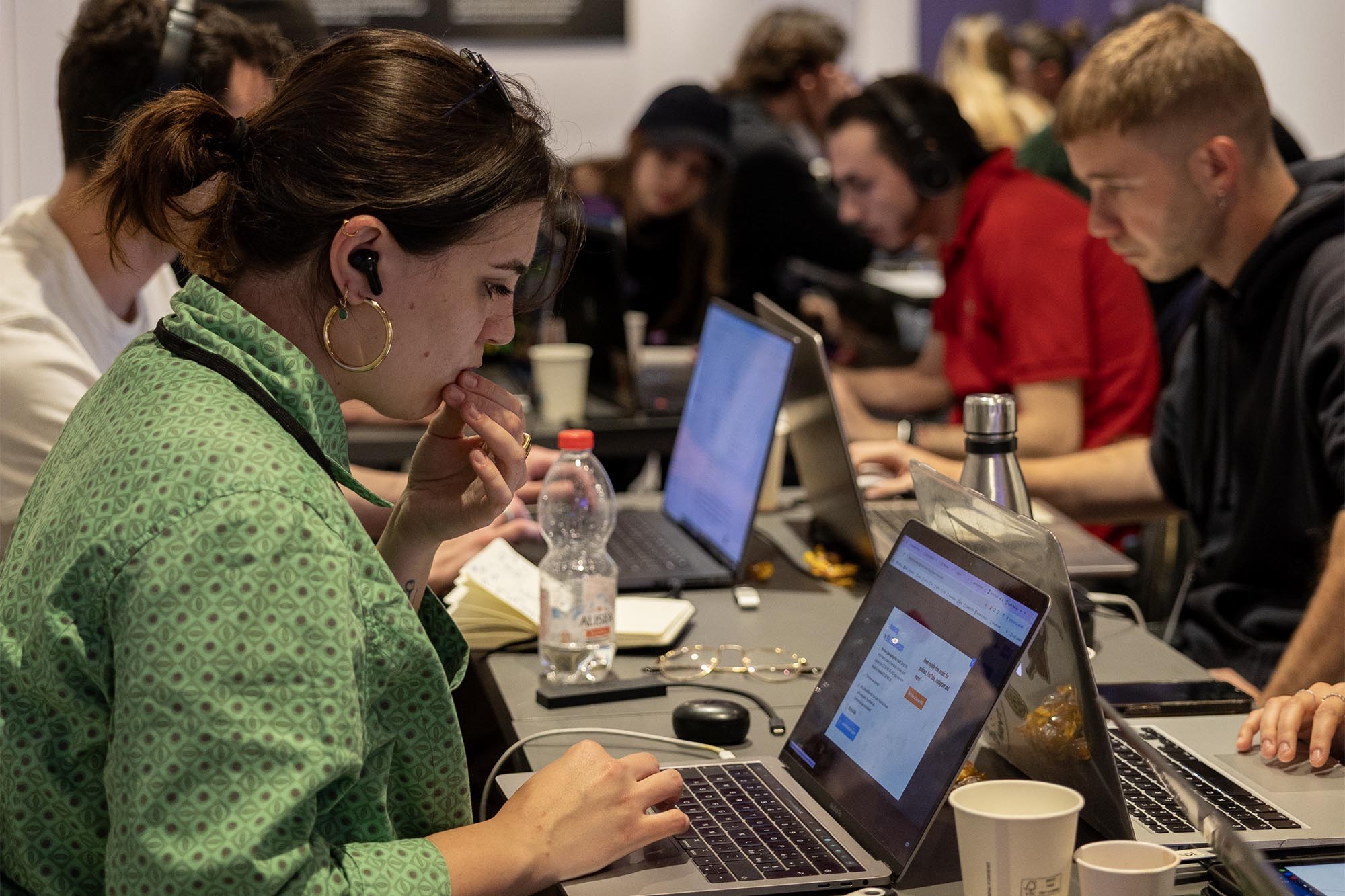
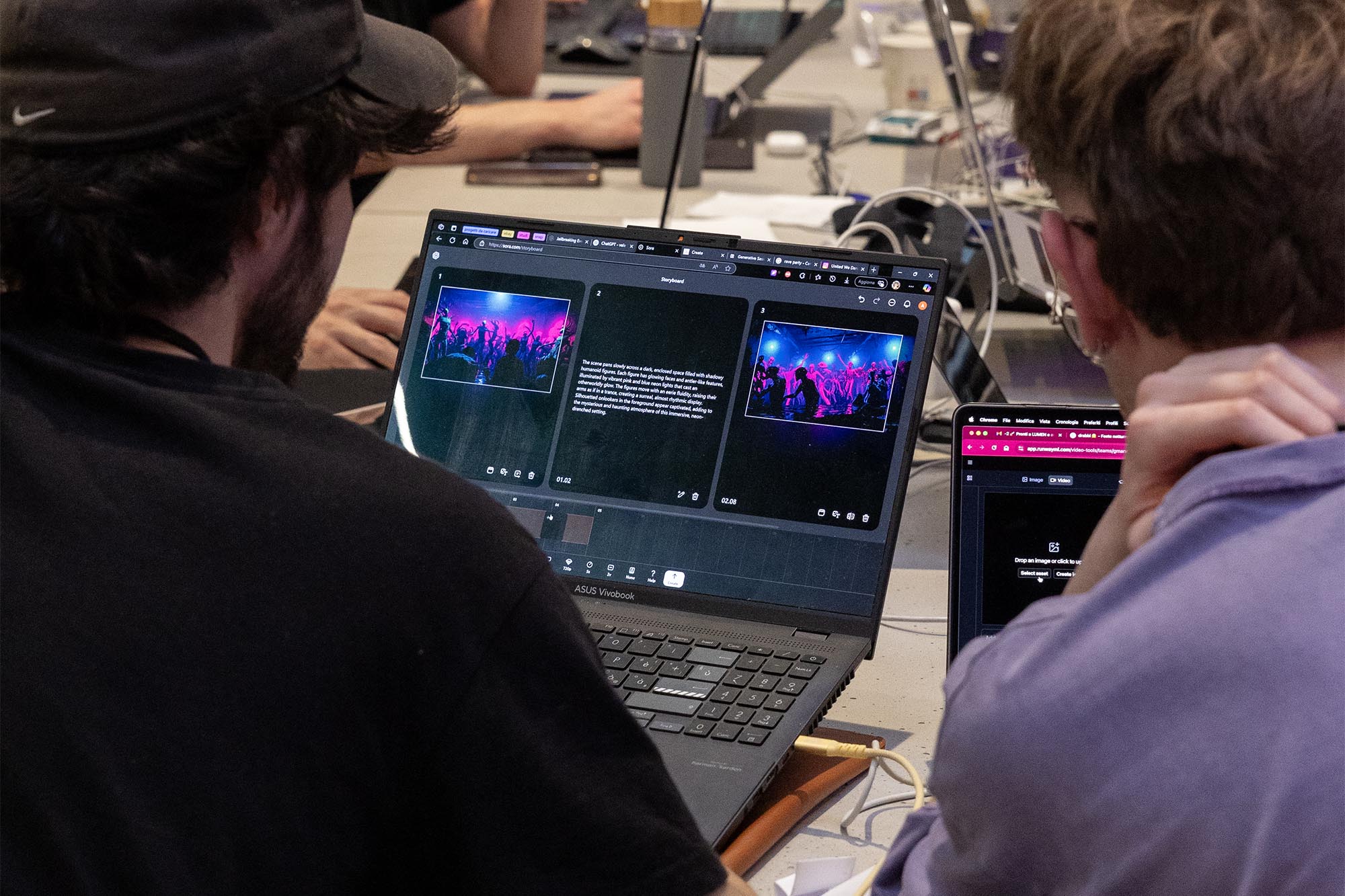
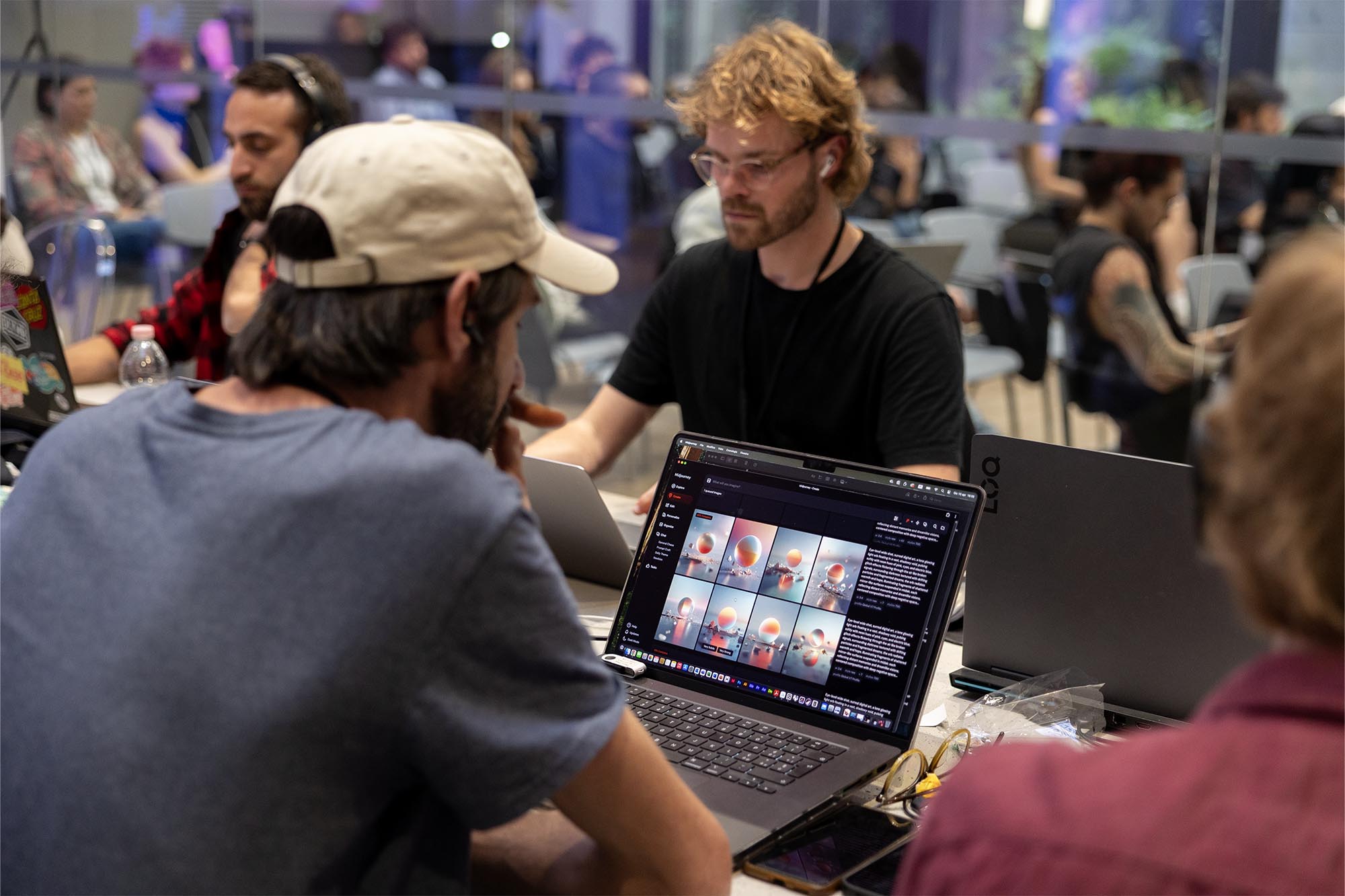
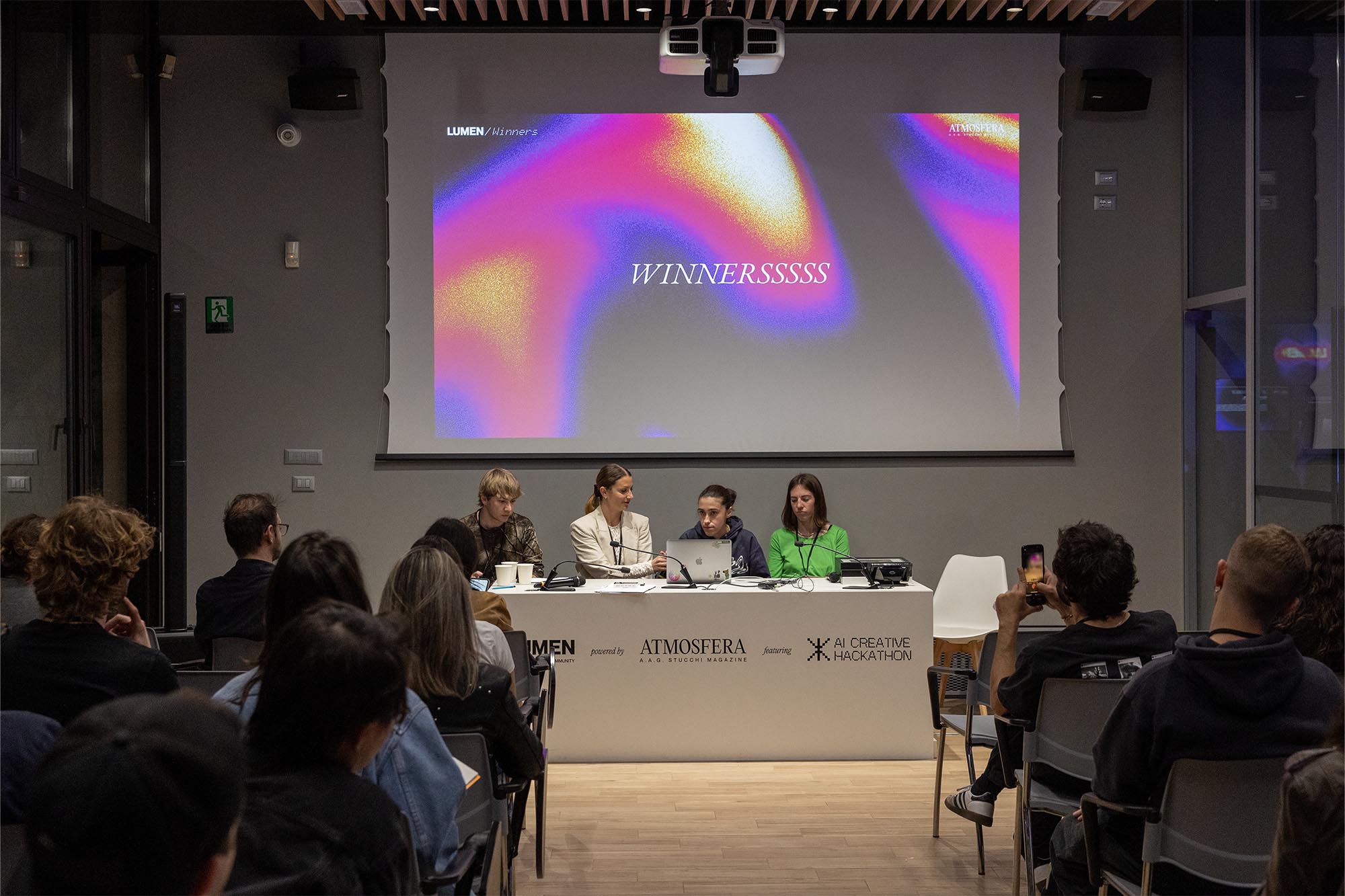
With €3,500 in total prizes (€2,000 for first, €1,000 for second, €500 for third), the competition’s winner was Francesco Tagliabue with 5, a conceptual urban installation exploring digital presence through light.
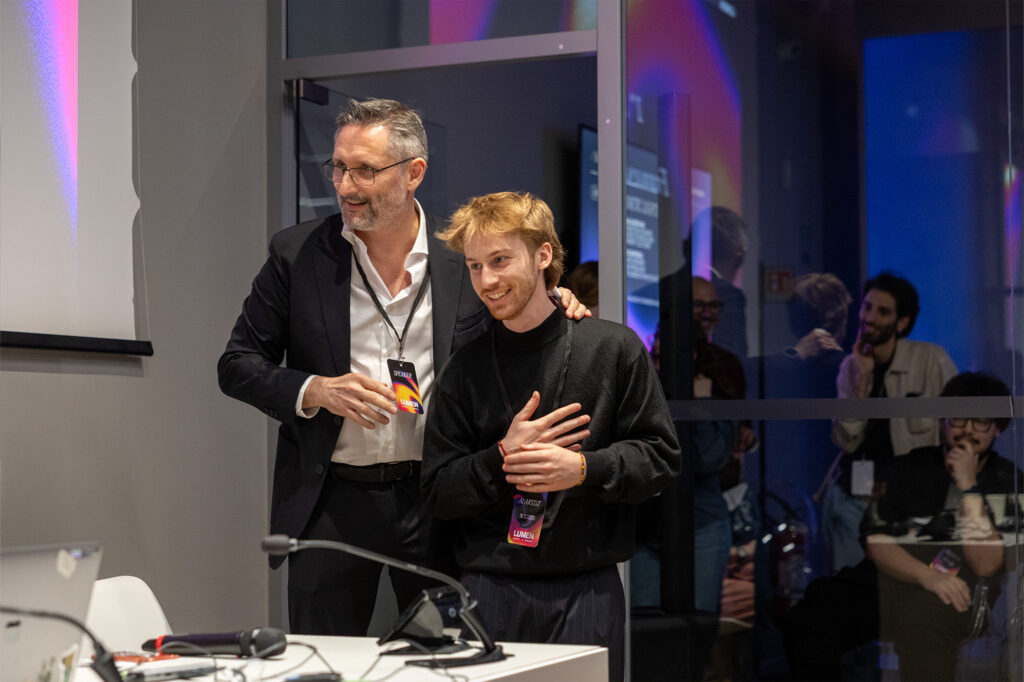
“5”: The Winning Work at LUMEN
Francesco Tagliabue’s 5 captures invisible digital networks—Wi-Fi, radio, mobile data—translating them into numerical flows that generate “glitch-like” light distortions. «The light doesn’t illuminate objects—it distorts space, revealing digital noise» explains the artist.
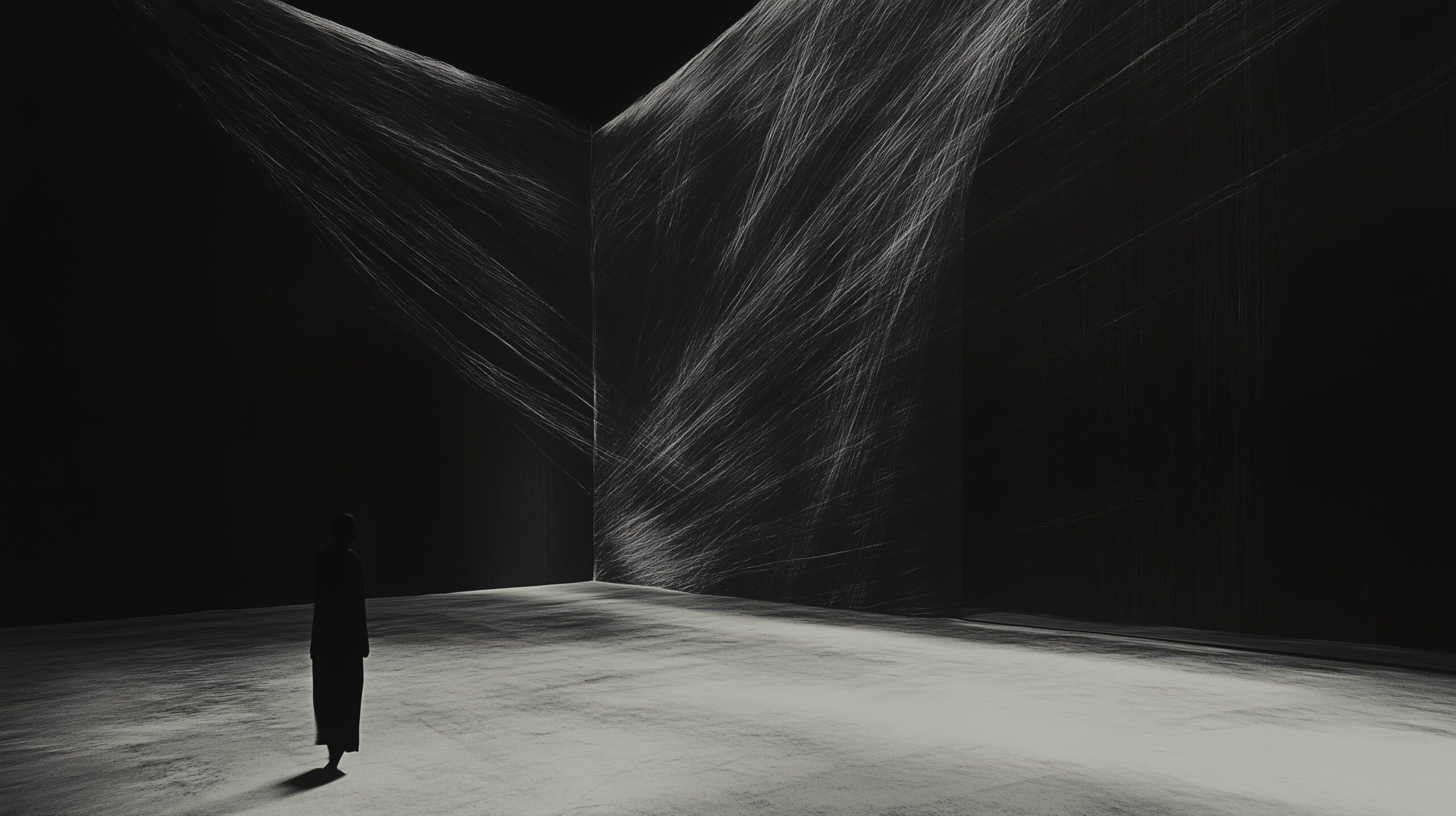
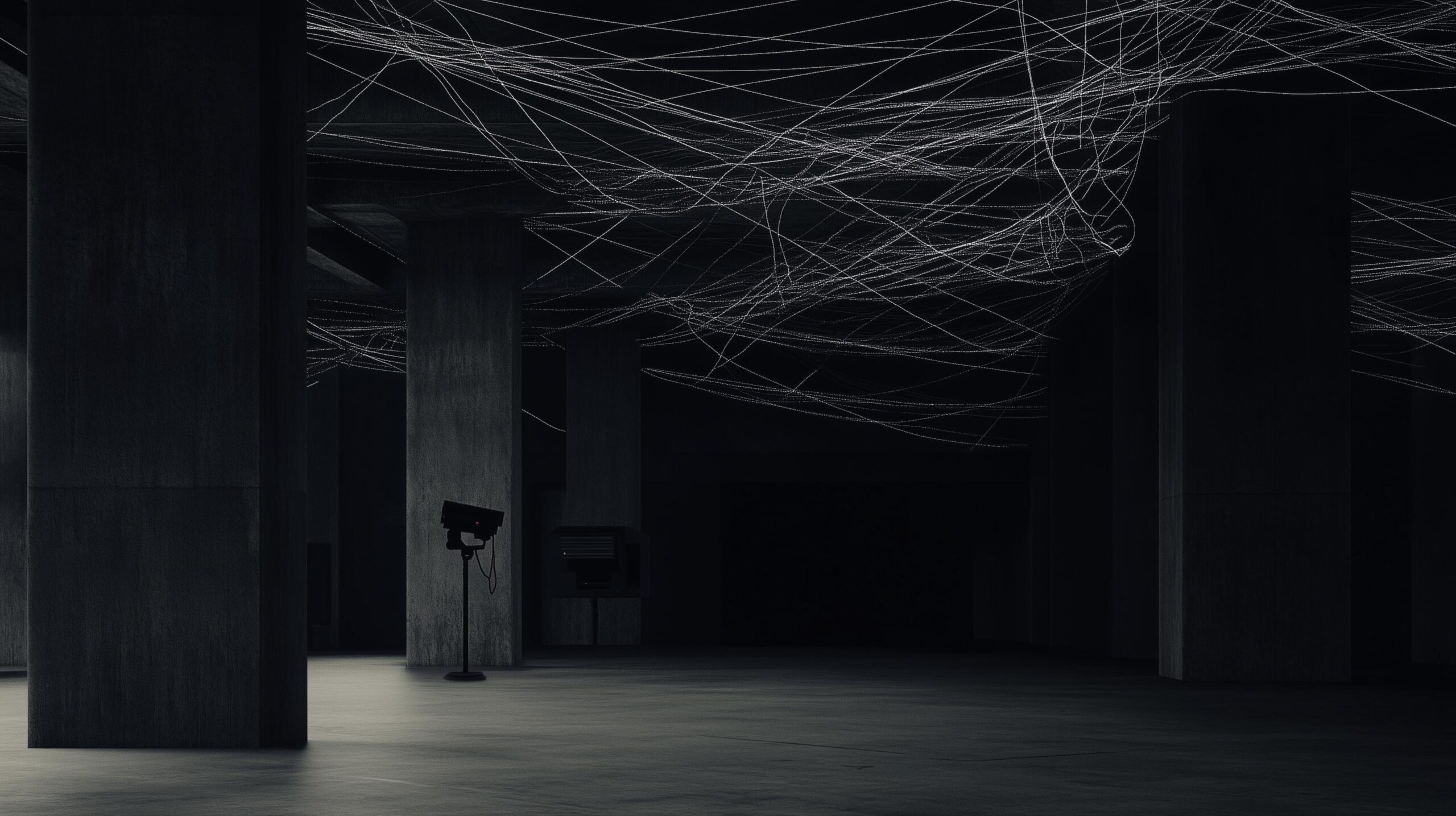
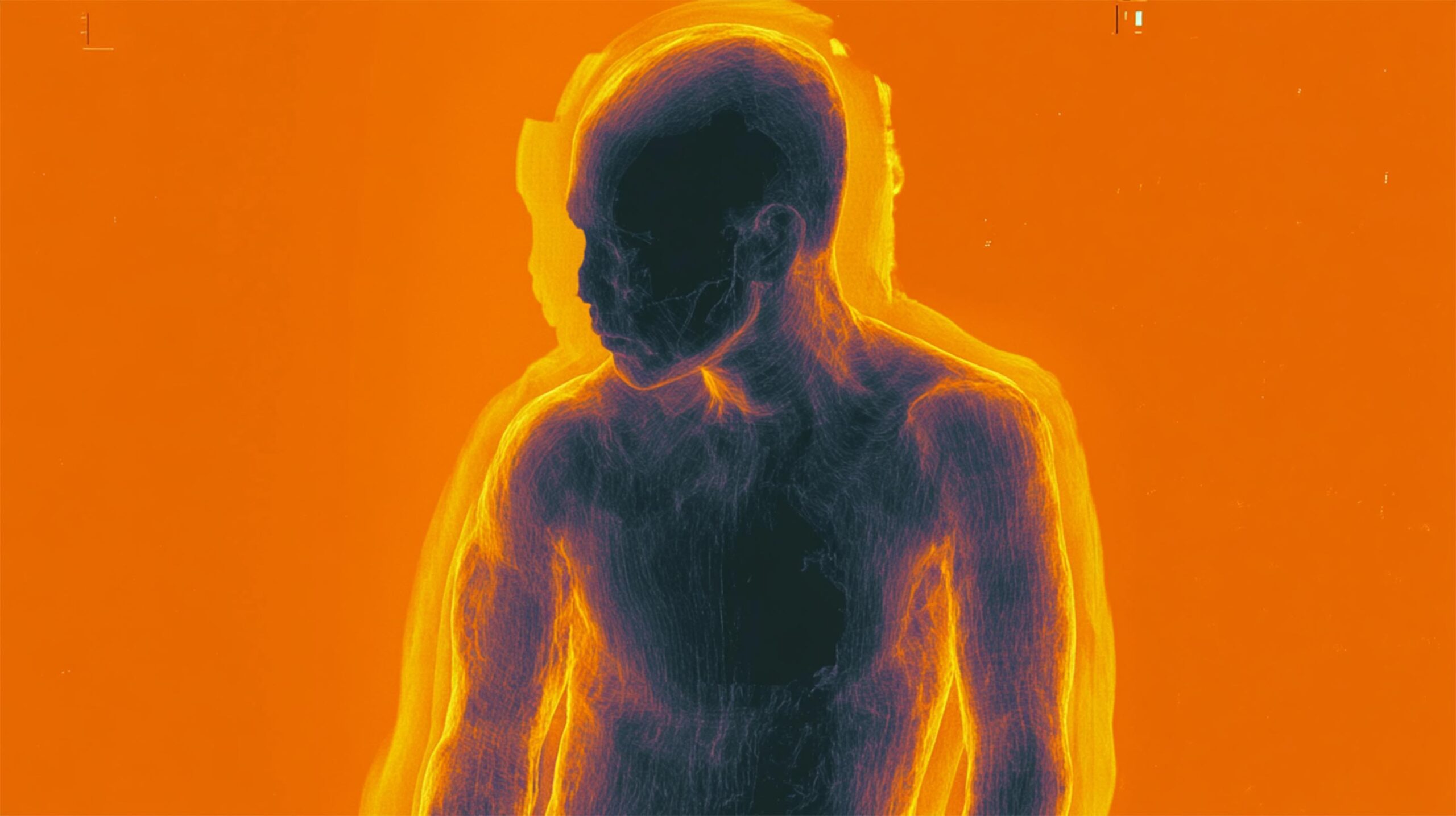
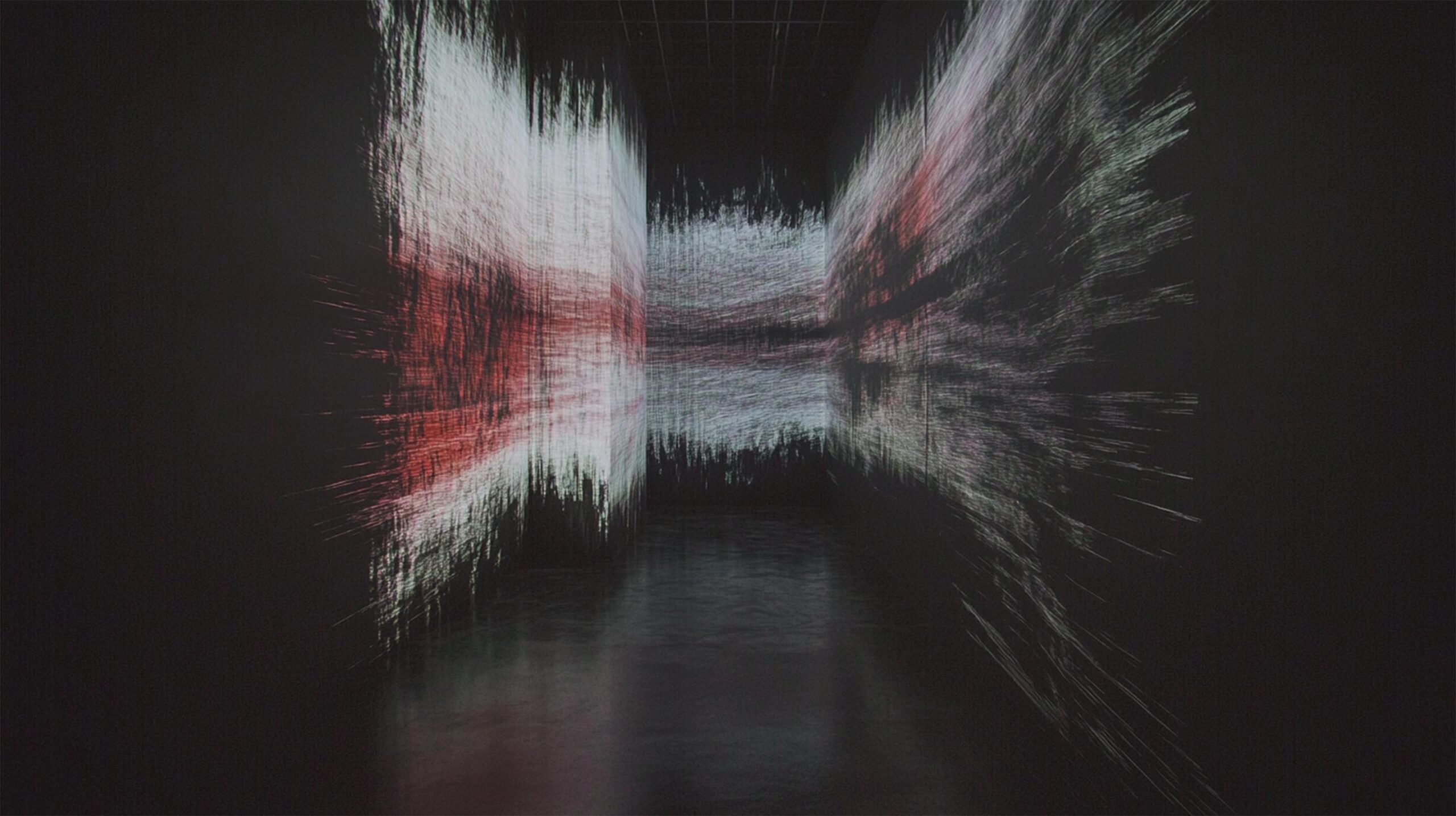
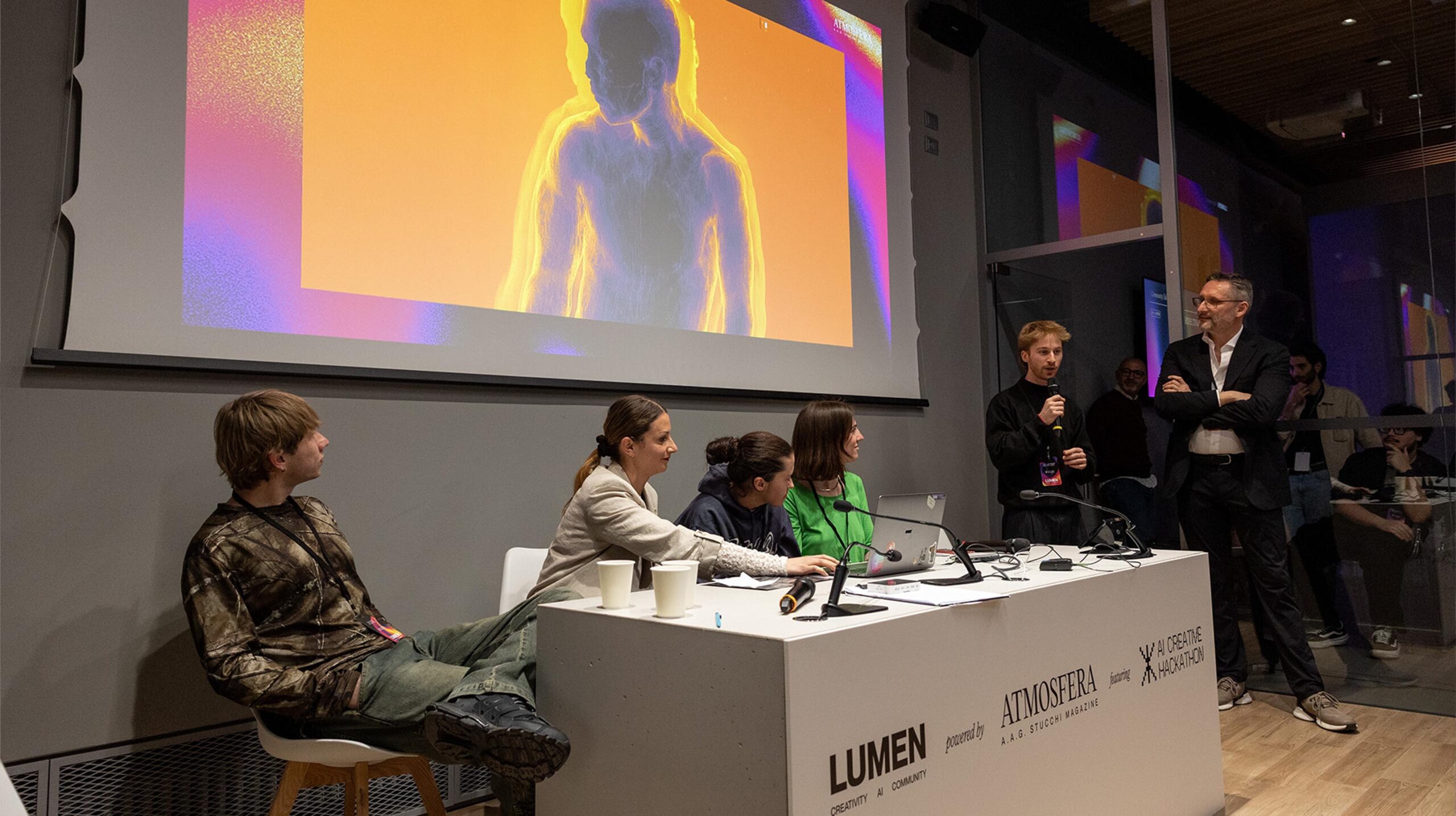
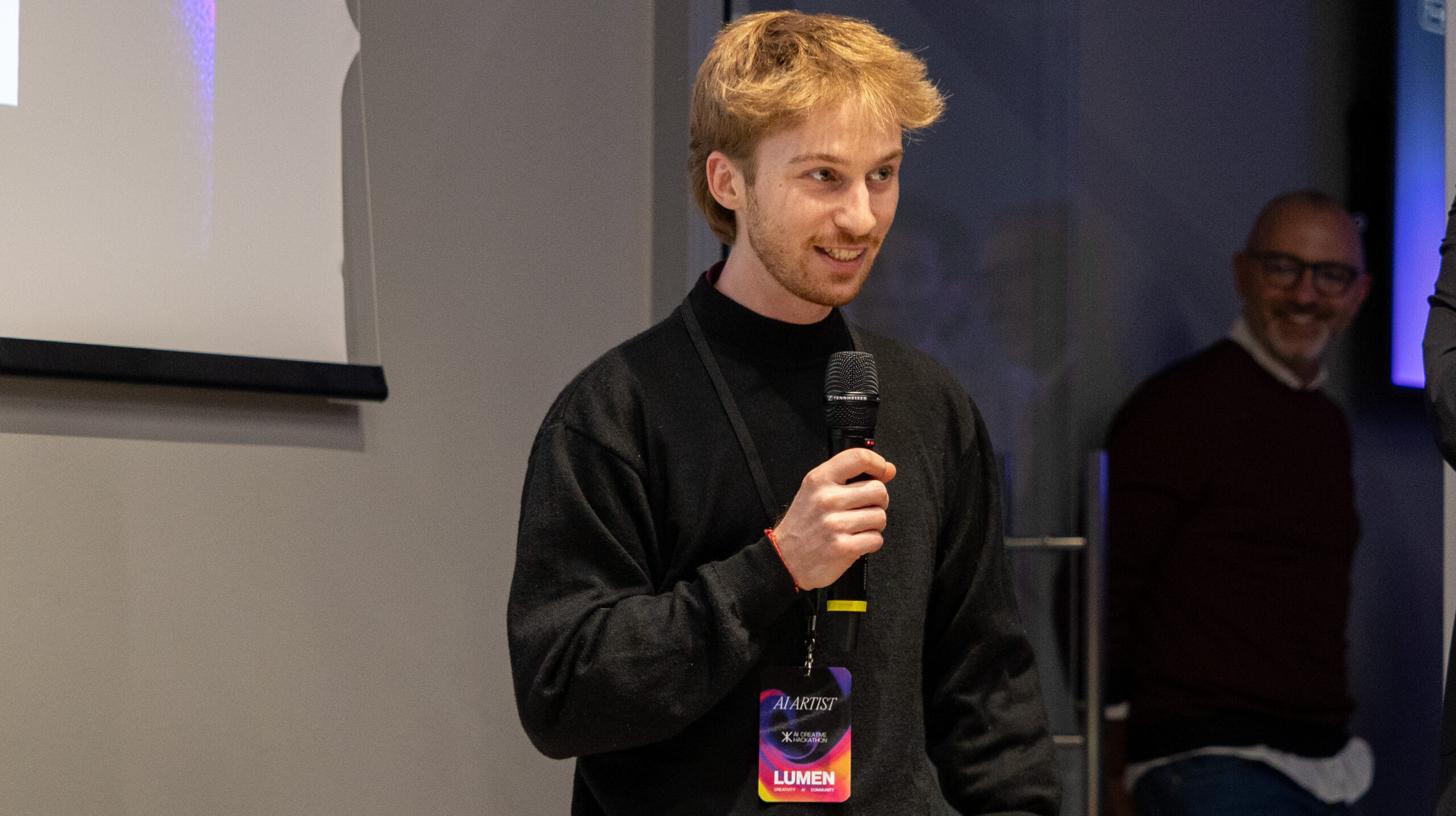
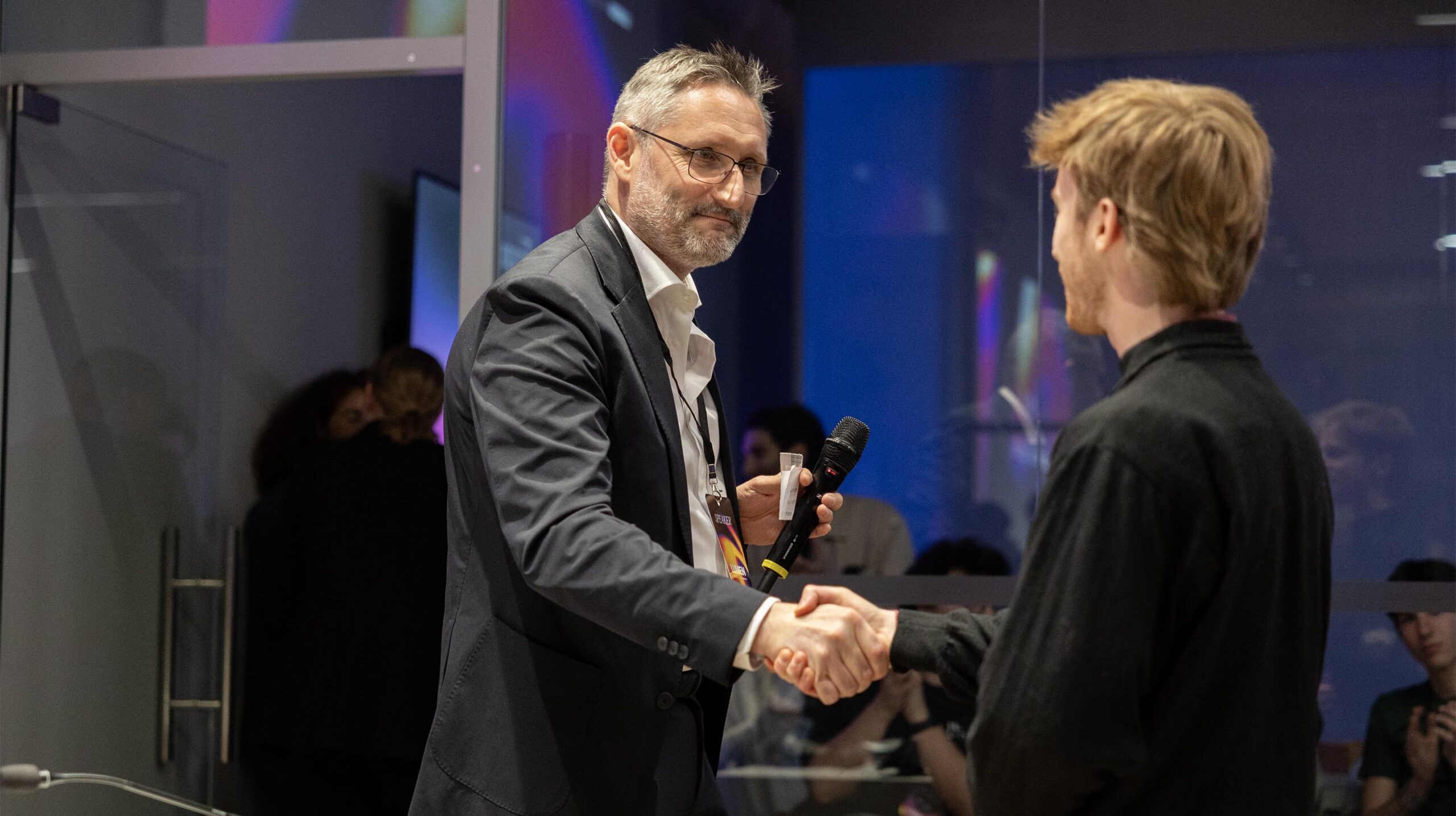
Visitor presence, detected via thermal or motion sensors, alters the intensity of the glitches. To complete the experience, a custom soundscape transforms network signals, light, and human presence into acoustic frequencies. The result: a responsive environment shaped by data.
5 is designed for marginal urban zones. As Tagliabue describes, it’s not merely a nocturnal installation but a landscape drawn with light, engaging the night and sparking new forms of communal interaction.
